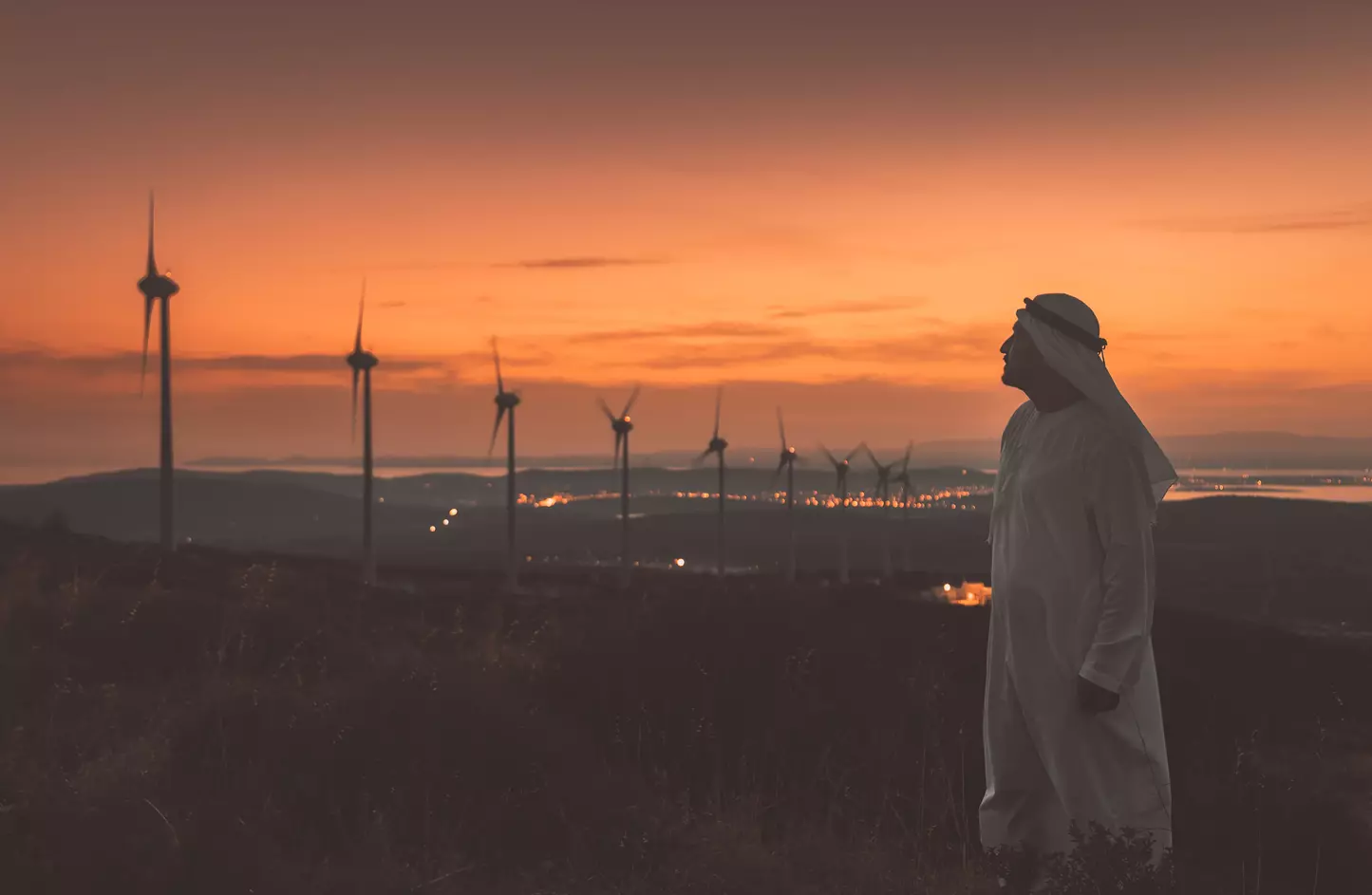Last UN Climate Change Conference (COP28), hosted by the United Arab Emirates ended with an agreement that was called historic by some observers. The final communique -for the first time in history- pledged to transition away “from fossil fuels in energy systems, in a just, orderly and equitable manner” by adopting a fossil fuel phase-out agreement in order “to achieve net zero by 2050”.
The first global stocktake aims to accelerate efforts towards the phase-down of unabated coal power and phasing out inefficient fossil fuel subsidies that do not address energy poverty or just transitions by “tripling renewable energy capacity globally and doubling the global average annual rate of energy efficiency improvements by 2030”.
Not only, finally, 159 nations signed the COP28 UAE Declaration on Sustainable Agriculture, Resilient Food Systems, and Climate Action to integrate resilient food system into their Nationally Determined Contributions (NDC), in order to reduce the vulnerability of all farmers, fisherfolk, and other food producers to the impacts of climate change, to promote food security and nutrition, to support female farmers and youth, whose livelihoods are threatened by climate change and to develop sustainable water management systems. Last, but not least a serious loss and damage fund was settled to figure out disaster recovery aid to developing nations suffering from rising sea levels, extreme weather events such as desertification, or ocean acidification and biodiversity loss.
The UAE considered these results a success, as declared by UAE’s COP President Sultan al-Jaber: “We should be proud of our historic achievement […]. It is a balanced plan that tackles emissions, bridges the gap on adaptation, reimagines global finance and delivers on loss and damage […]. It is strengthened by inclusivity. And it is reinforced by collaboration.”
His speech further underscored the Emirati ambitions to play an influential role in global climate diplomacy, as it is the second Gulf state to host the COP after Qatar in 2012. Hence, the conference served as an excellent opportunity for the Emirates to showcase their climate action commitment on different levels.
The most illustrative example was the UAE’s launch of three Alterra Fund, the which aims to contribute an additional USD 250 billion by 2030 to climate economic measures by multiplying private capital and reducing barriers to investment in emerging markets, including Least Developed Countries (LDCs) and Small Island Developing States (SIDS). Its efforts also focus on mixing public and private finance to leverage public funds and attract more private investments to promote the green economy.
Notably, the UAE already invests in renewable energy projects such as solar parks, and is engaged with the GCA, which aims to provide a platform for know-how transfer, training, and capacity development in climate action. Another initiative promoted by the UAE during COP28 was the inauguration of the Oil and Gas Decarbonisation Charter, which aims to reduce emissions in the industrial sector, such as the oil industry. Thus in introducing such measures, the UAE clearly aims to portray itself as a “green champion” and a proactive player in global climate mitigation and adaptation.
The UAE preserved its status as a regional forerunner in climate diplomacy towards other regional players such as Saudi Arabia. The kingdom also aims to establish itself as a global hub for climate diplomacy by hosting the MENA Climate Week 2023 in Riyadh, investing heavily in hydrogen, and introducing the Middle East Green Initiative.
Many of the Gulf states have started to promote energy diversification and investments in non-oil sectors. Between 2012 and 2022, the renewable energy capacity installed across the GCC (Gulf Cooperation Council) witnessed an 85-fold increase, and Gulf countries such as Saudi Arabia, the UAE, and Oman launched the installation of 14 hydrogen projects.
Furthermore, Saudi Arabia and the UAE announced an injection of up to USD 266.6 billion and USD 54.5 billion respectively by 2030 in their energy transition. In this regard, national energy champions and investment funds such as Saudi Arabia’s ACWA Power, the Qatar Investment Authority, and Abu Dhabi’s Masdar have allocated in other markets located in North Africa, Central or Eastern Asia, or Europe to diversify their energy portfolio and develop clean technologies.
A special mention deserves one of the most ambitious projects spearheaded by Saudi Arabia in its transition towards sustainability: the NEOM project. Situated in the northwest of the country, NEOM aims to be the world's most innovative and sustainable city. Spanning over 26,000 square kilometers, NEOM is envisioned as a global center for trade and investment, powered entirely by renewable energy.
With a focus on cutting-edge technology and sustainable living, NEOM seeks to reduce Saudi Arabia's dependence on revenues from oil while positioning itself as a leader in green development. The next World Future Energy Summit in Abu Dhabi, next April 16/18, will give a chance to discover all the new projects on the field, a platform providing a market entry for any company to work and operate in the renewable energy and sustainability business in the UAE, GCC and even the complete MENA region, a place to showcase and highlight achievements, technologies, services and solution.
